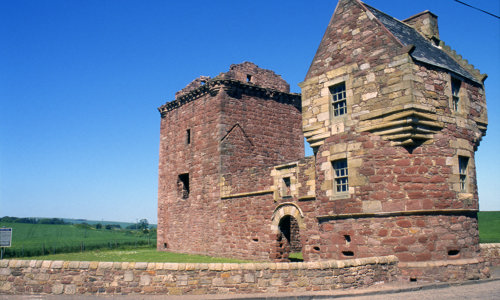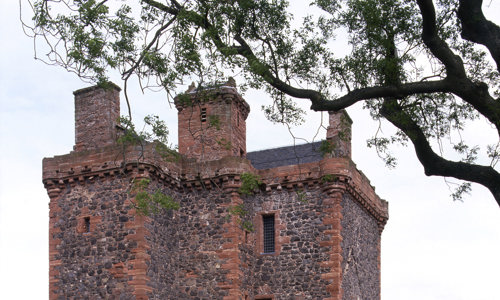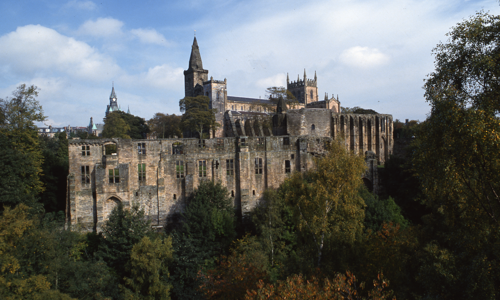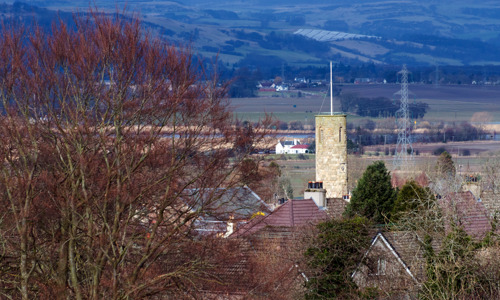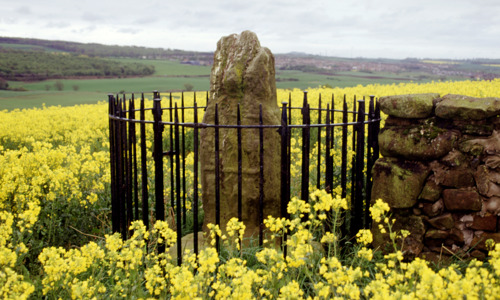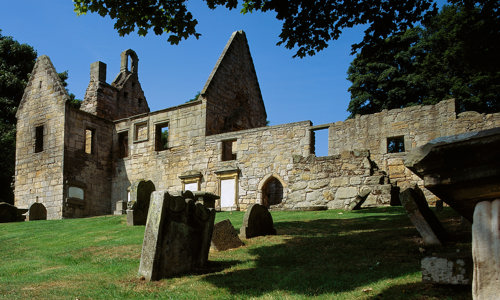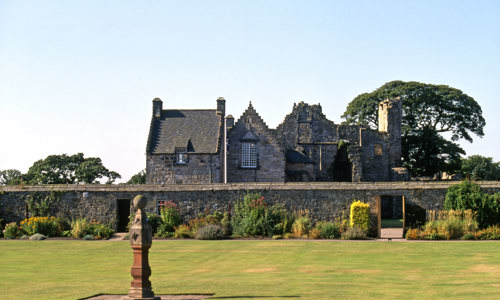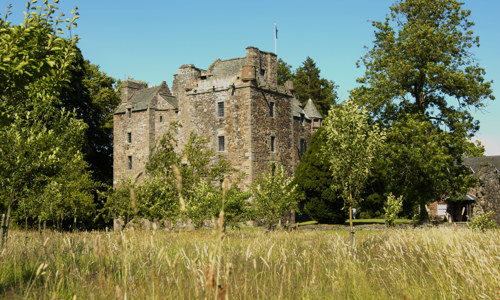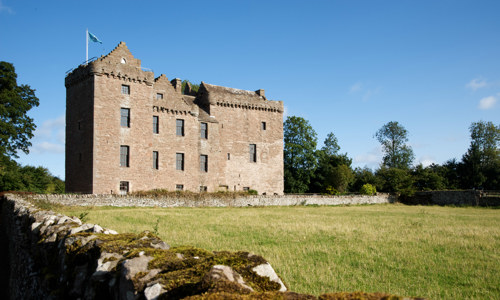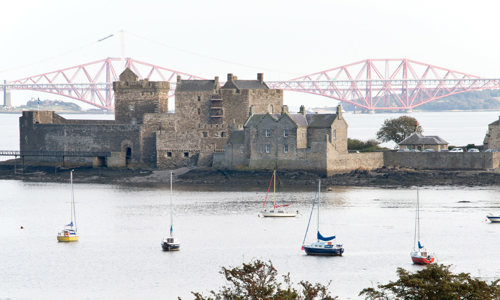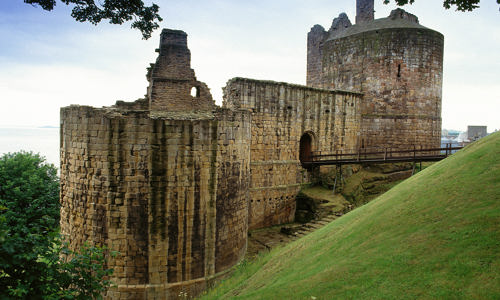History
Lochleven is linked to many colourful events and famous characters – royal visitors and royal prisoners alike. But the island stronghold is best known as the place where Mary Queen of Scots was held prisoner for almost a year.
Some who took the boat across Loch Leven came of their own free will, including Robert the Bruce in 1313 and 1323. Others were imprisoned within the castle walls – such as Robert Stewart in 1369, two years before his coronation as Robert II.
Mary Queen of Scots first visited Lochleven in 1561 as a guest of its owner, Sir William Douglas. Her last stay, in 1567–8, was as his prisoner.
While at Lochleven, Mary:
- suffered a miscarriage of twins – likely fathered by her third husband, the Earl of Bothwell
- was compelled to abdicate her throne in favour of her infant son, James VI
In May 1568, Mary escaped across the loch and was in exile in England later that month. She never saw her native land again.
Island stronghold
The island was much smaller in the days before the loch was partially drained in 1836. When Mary was a prisoner, Lochleven was just the walled castle enclosure and its little garden to the north.
Blind Harry, writing in the 1470s, told of Sir William Wallace capturing the castle around 1300, killing all 30 “Inglismen” he found there. There’s no real evidence to support this fanciful account. But we do know that in 1333, after the Halidon Hill defeat, Lochleven was one of only five castles holding out against the English.
Tower house – and prison
The tall tower house that dominates the castle ruins is one of Scotland’s oldest, built in the 1300s. Its original entrance (later closed) is 5m above ground level, giving direct access to the lord’s hall on the second floor. A fear of flooding may have led to this unusual layout.
Inside, the kitchen and service areas are on the bottom two floors, with the living space above.
During Mary’s time here, the floor above the hall served as her prison. A window was converted into a tiny oratory (chapel) for her private use. The top floor, which housed the queen’s doctor, is where Mary disguised herself before she fled.


